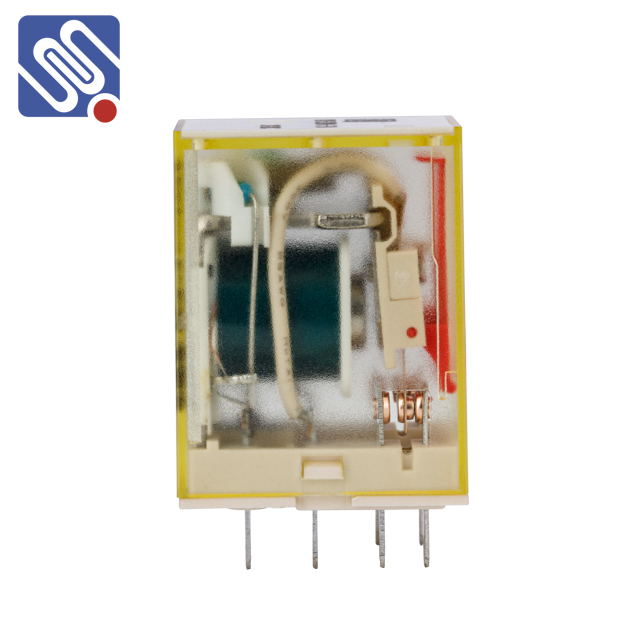Relay systems play a crucial role in communication networks, distributed systems, and various computational architectures. Whether it’s a network relay facilitating data transfer, a message relay in software, or a relay in an IoT system, understanding and optimizing its performance is key to ensuring efficiency and reliability. Relay performance metrics serve as valuable indicators that help in assessing how well these systems operate under varying loads and conditions. In this article, we’ll explore the most critical Relay performance metrics and discuss their significance in system optimization.

1. Latency: The Time to Transfer Data Latency is one of the most commonly referenced performance metrics in any relay system. It represents the time taken for data to travel from the sender to the receiver through the relay. In systems where real-time processing or communication is essential, such as in video streaming or live communications, latency becomes a critical factor. The lower the latency, the better the user experience. Latency is usually measured in milliseconds (ms) and can be broken down into several components: Transmission latency: The delay caused by the physical medium or network.